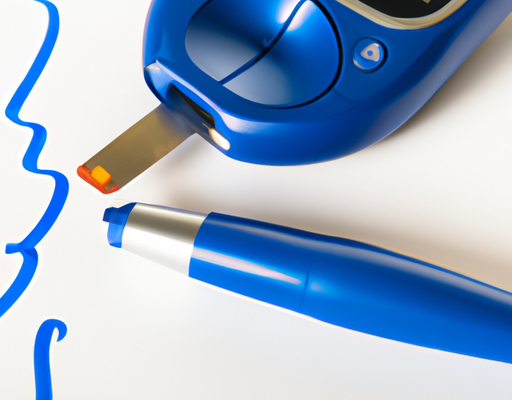Background
Seborrheic Dermatitis is a common skin condition that affects people of all ages, including infants and elderly adults. This chronic skin disorder is characterized by a red and scaly rash that is most commonly found on the face, scalp, or upper chest. It is thought to be caused by a combination of factors, such as fungal infection, hormones, cold or dry weather, stress, and genetics. It can cause an itchy and uncomfortable rash, as well as crusty or oily patches on the skin. In some cases, it can also cause hair loss. Fortunately, Seborrheic Dermatitis is treatable, and can usually be effectively managed with over-the-counter medications, lifestyle changes, and specialized skin treatments.
Symptoms
Seborrheic dermatitis, sometimes called dandruff, is a common skin condition that may affect people of any age. It is characterized by red, scaly and itchy patches of skin in areas such as the scalp, hairline, eyebrows, nose, and chest. Symptoms can be mild or severe, and may last from several weeks to months before improving or worsening. In some cases, treatment is necessary to prevent the skin from becoming infected or to relieve discomfort. Some of the most common symptoms include red, itchy patches of skin on the scalp, hairline and other areas of the body; greasy, yellowish scales on the scalp; skin that is red, flaky, or itchy; and dandruff. In more severe cases, the skin may become infected, causing additional redness, pain, and flaking. Treatment for seborrheic dermatitis may include over-the-counter products, prescription medications, or light therapy.
Diagnosis
When it comes to diagnosing seborrheic dermatitis – a type of skin inflammation that typically affects the face, scalp and other areas of the body – a doctor will typically begin by performing a physical examination. During this examination, the doctor will carefully inspect the patient’s skin for the telltale signs of seborrheic dermatitis, such as patches of red, scaly skin that often appear greasy. They may also look for any signs of infection, such as swelling, increased redness or drainage of pus. The doctor may also ask the patient about any other symptoms they may be experiencing, such as itching or tenderness. In some cases, the doctor may choose to perform a skin biopsy in order to confirm the diagnosis or rule out other potential causes. Once they have confirmed the diagnosis, they can then recommend an appropriate treatment plan.
Treatment
Seborrheic dermatitis is a relatively common skin condition which is caused by an overgrowth of yeast that is found on the skin’s surface. Treatment of seborrheic dermatitis generally involves the use of topical medications, such as antifungal creams, shampoos, and gels. In some cases, oral medications such as antifungal or anti-inflammatory medications may be recommended. In more severe cases, phototherapy or light-based treatments may also be employed. Depending on the severity of the condition, other treatments such as antibiotics, topical corticosteroids, or topical calcineurin inhibitors may also be prescribed. For mild cases of seborrheic dermatitis, lifestyle modifications such as avoiding the use of harsh soaps and detergents, reducing stress, and making sure the skin is kept well moisturized can help reduce symptoms. Regular visits to a doctor are also often recommended to ensure that the condition is well monitored and properly treated.
Conclusion
The health complications caused by seborrheic dermatitis are often mild and can be managed through self-care with over-the-counter medication or prescription medication from a doctor. While the condition is rarely serious, treatment is important to preserve skin health and reduce discomfort caused by flare-ups. Studies suggest that topical steroids and antifungal creams may be the most effective for treating seborrheic dermatitis, but it is important to come up with a treatment plan specific to the individual. Overall, USMLE Seborrheic Dermatitis is a common and manageable condition, but it is important to have the condition properly diagnosed and monitored by a doctor.





No Comments